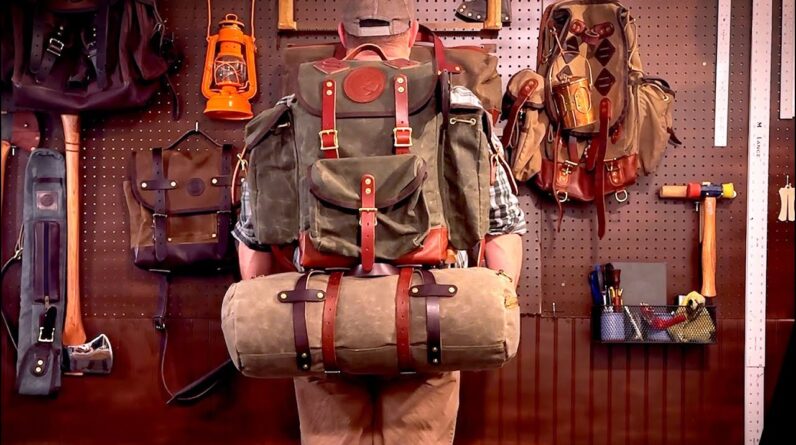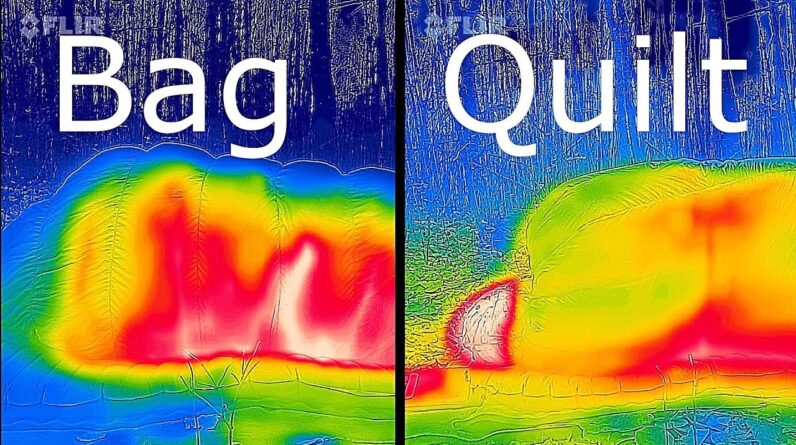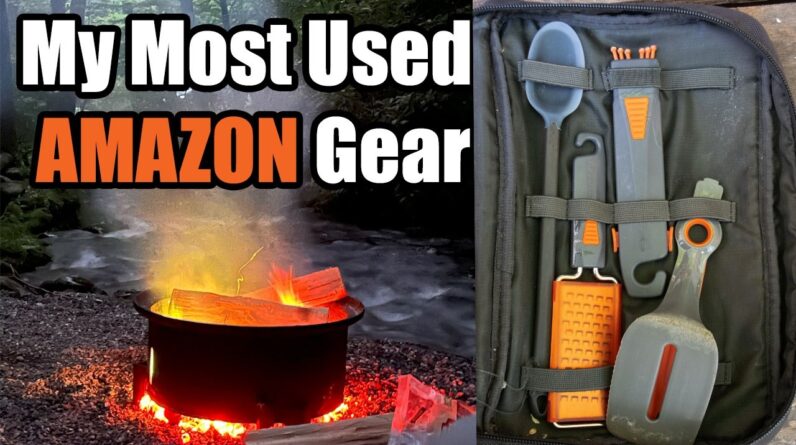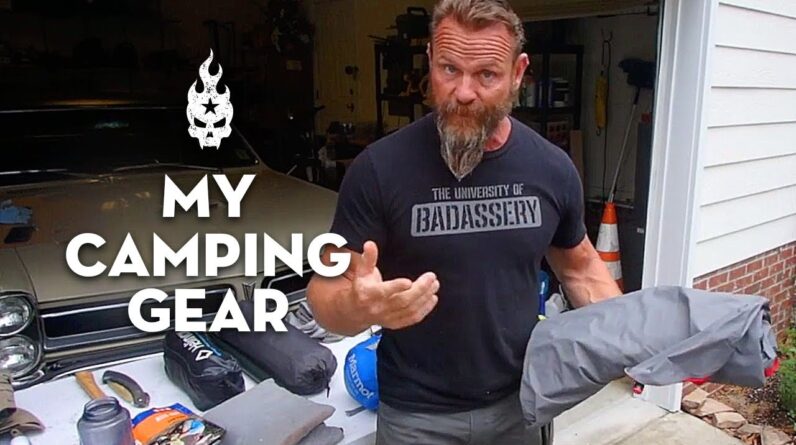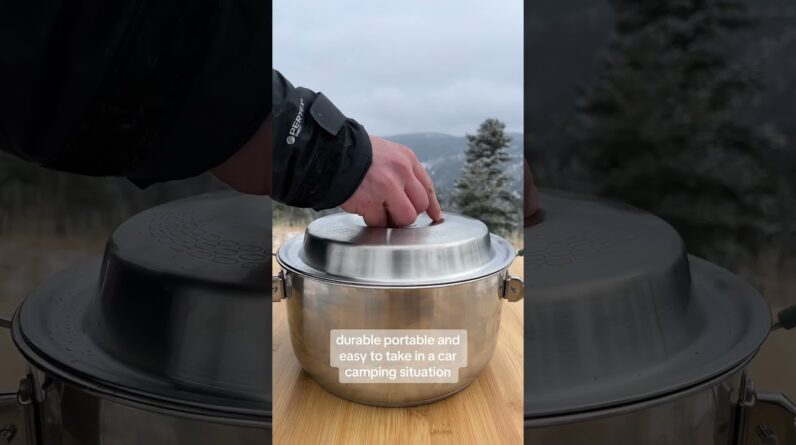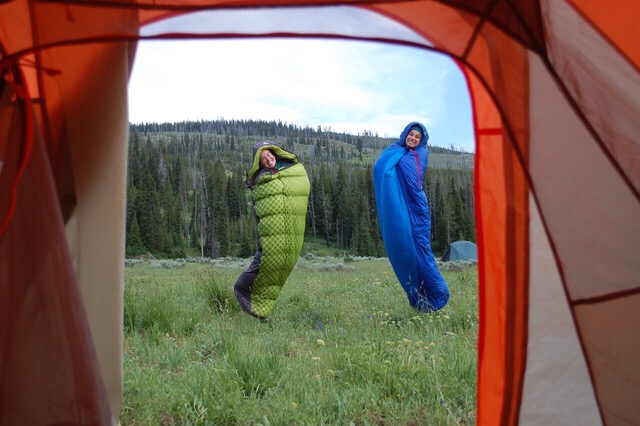
Locating the best sleeping bags for the ideal climate and trail conditions is rather essential. Don’t know what to look for? Well, this guide should help you make that decision.
Selection:
Slumber bags are calculated in loft. Loft is generally how “fluffy” the bag is. How high is it when it’s laying on the ground. The taller it’s, the more air “pockets” or dead airspace there is and the warmer it will keep you.
Simply because of disparity in the past of the temperature measurement of the best sleeping bags, there have been new testing modifications within the slumber bag market in America.
The Europeans have had a testing structure, for a while now, that has shown to be reliable in how it determines a sleeping bag’s temperature range. It also gives more information by recognizing the matter that men and women have diverse opinions to what is a cozy sleeping temperature.
Some U.S. companies of backpacking sleeping bags have followed the European Norm (EN 13537) method of temperature screening. Without going into too much depth about how they arrive at these numbers, basically they check the best sleeping bags under stringent guidelines utilizing a clothed dummy sporting long underwear and a hat. Sensors on the mannequin record temperature readings.
The New Tag
A label utilizing this new testing approach displays:
EN Comfort Rating for Women
This is an exterior air temperature that typical women would keep comfortably warm.
EN Lower Limit Rating for Guys
This is an exterior air temperature that a typical man would keep comfortably warm.
EN “Extreme” Ranking
This is an exterior air temperature that the sleeping bag would still keep a woman alive. These rankings must not be applied too seriously.
Take note that these numbers are centered on the fact that you are wearing a single layer of clothing and have a sleeping pad underneath the slumber bag.
Do not Remove This Label Under Penalty of the Sleeping Bag Police
If the slumber bags that you are checking out have not adopted the EN standard, don’t freak out. You can go by their temperature measurement. The only distinction is that these measurements are to be employed as a guideline only and don’t take into account the male/female distinction. If you’re like me and are generally cold whenever you sleep, then get a slumber bag with additional loft and a lower temperature number. The lower the number, the colder the external ambient temperature can be where the bag will keep you warm.
How Low Can You Go:
In either situation, using the old rating or the innovative EN, when choosing a bag, determine what type of weather and what time of year you will likely be utilizing it the most. If you are in the mountains and only intend to hike Spring, Summer and Fall, then get a three season sleeping bag. Find out the average lows for that coldest time of year which you will probably be backpacking and subtract 10 to 20 degrees and find a bag in that scale. (Example: say that the average low in the mountains throughout the spring is 20 degrees Fahrenheit, then take away 20 degrees and look for a sleeping bag that’s rated at 0 degrees. Here is a requirement chart to help:
Bag Style Temperature Ranking (Fahrenheit)
Summer: 40 to 60
Three Season Bag: 10 to 40
Cold Weather: -10 to 10
Winter: -10 and Below
Shapes/Styles:
There are three basic shapes of the best sleeping bags for camping and backpacking:
Mummy
Mummy sleeping bags are portioned broader at the shoulders and more narrow around the feet. These types of bags are the most “snug” fitting bags and therefore are even more successful in keeping you warmer, attributed to the absence of airspace between your body and the bag. Because of their structure, they’re also one of the most lightweight. These kinds of bags also come with a hood which has a drawstring which can help keep heat around your head. By the way, up to 50% of heat loss from the body can take place from the head.
Rectangular
These are exactly like the term suggests. A big rectangle. As a result of their shape, they have a tendency to be the least functional style of sleeping bag. There is a good deal of room within the bag for the body to heat up. Because of their heavy weight, they may be far better suited for a “Car Camping” adventure instead of a backpacking excursion. They do have the benefit of a pair of bags being able to be zipped jointly and become a sleeping bag for a couple instead of one individual. With this design, a full or queen air mattress underneath really contributes to a pleasant night’s sleep. (Again not recommended for the back country).
Semi-Rectangular
I call this the cross. This backpacking bag is rectangular at the head and then slims along towards the feet. With this form, you get extra room, but not as much weight as a true rectangular sleeping bag. For those who are claustrophobic, like me; we can get to sleep a little better inside a bag with extra room in it and still have some benefit from the shape.
There are also some different shapes intended specifically for body styles:
Woman’s
These tend to be a bit more narrow on the shoulders. Broader at the hips along with added padding in the upper body and foot box.
Children’s
These basically have “Kid Friendly” attributes for instance: pockets for their “stuff”, a pocket to stuff and make a pillow at their head and a sleeping pad restraint system to ensure that the pad stays in place all night.
Features:
Hood
as outlined previously with the Mummy Sleeping Bag, a hood having a drawstring can help retain body heat
Draft Tube/Draft Flap
This is a flap or tube that runs along side the zipper. This flap helps reduce heat loss. When picking a hiking slumber bag, confirm that the flap is just sewn on the lining and not through the bag. Make sure you examine the zipper prior to purchasing to verify that the flap/tube doesn’t conflict or get caught in the zipper path.
Draft Collar
This is a tube at the base of the hood. It “closes” off the spot at the neck in order that air doesn’t get away. When trying out a bag, make sure that this tube is comfortable.
Foot Box
This is, as the name claims, the place around the feet. Several bags have extra room within the foot box to keep your boots or water bottles.
Zipper
The zipper should come with big teeth and must function well. They must also not snag the fabric in the course of use.
Pockets
Pockets can be an asset or a pain. If your bag includes pockets, be careful with just what you decide to put in them. Also, before buying the bag, take note of the pockets different places. Do you care to roll over onto your keys or MP3 player in the middle of the night?
Length
Should you be taller when compared with the “average bear”, there are backpacking sleeping bags that come in extended lengths.
Materials:
Fill: There are two basic choices of bag fills; Fabricated (polyester) and Down (insulating feathers of geese or ducks).
Goose Down Sleeping Bag
There’s nothing with a greater weight to warmth ratio when compared with down. A Goose Down sleeping bag is incredibly lightweight. The issue with down is if it ever gets wet, it loses its thermal capturing capability. Also, the drying out time frame for down is especially long. If your down bag becomes wet on the trail late in the day, you’re in for a chilly night. Down is only for individuals most diligent in keeping their sleeping bag dry.
Manufactured
The best sleeping bags have been becoming lighter and more efficient every year. They do weigh more than down bags, but if they do get wet, they keep more of their warming functionality. Additionally, they dry out a lot faster compared to down. So, the trade-offs are weight, warmth and drying faster.
Taking Care of Your Sleeping Bag:
Before setting up your backpacking bag, be sure you shake it out a couple of times. This will help “fluff” it up and boost the airspace.
When packing up your bag, never fail to stuff the bag into your stuff bag. (Is that repetitive?) Certainly do not roll up and fold the slumber bag, this will reduce the insulating properties quicker.
When not using your bag, never leave it inside a stuff bag, always hang it up or keep it in a loose storage bag. In the event you leave it stored inside a small bag, it can permanently decrease the insulation.
Don’t forget that over time, from typical use, a hiking sleeping bag will lose its warming effectiveness. This is due to the fill getting a bit more compressed. This will cause the “air pockets” to disappear.
Lastly, understand and follow the care information from the manufacturer. They produce the best sleeping bags for hiking and backpacking and they understand how you can keep it in great shape.


